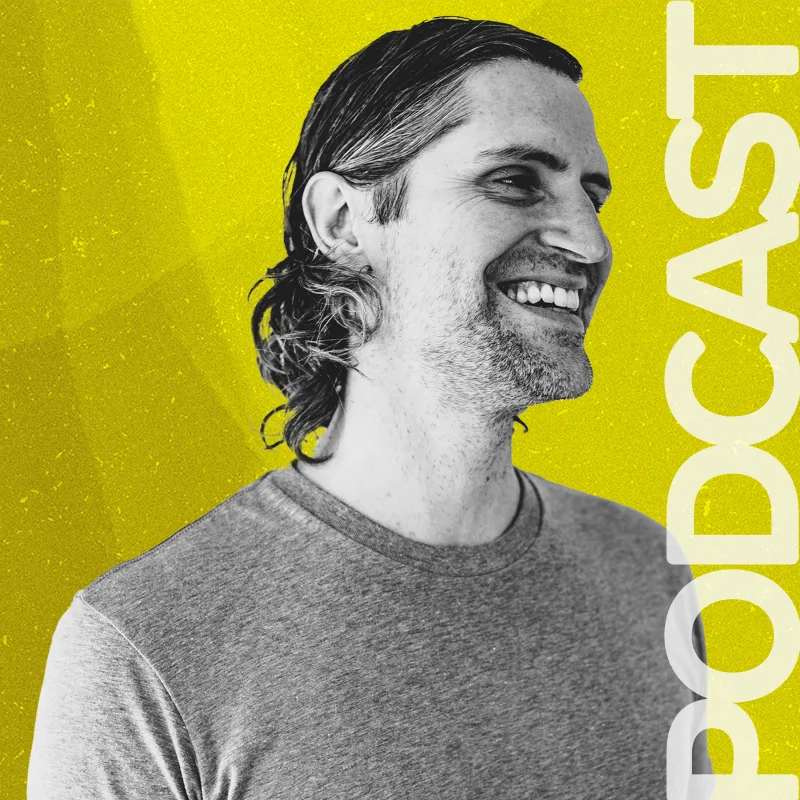This website uses cookies, belonging to us or third parties, to improve your experience, optimize performance and our services, understand your usage through analytics, and personalize advertising tailored to your interests on our site and third party sites. By continuing to use our site, you consent to such use of cookies. Please visit our Terms of Use and Privacy Policy where you can find out more about cookies and how to manage them.



In both swimming and mindfulness meditation, the concept of "holding stroke" emphasizes maintaining focus and awareness. When used in relation to swimming, holding stroke refers to the ability to keep proper form and technique even when tired, preventing the breakdown of the stroke and ensuring efficient movement through the water. Similar to this, holding stroke is the ability to keep one's mind open and flexible even under demanding or challenging conditions.
Practitioners of mindfulness need to be aware of the instances when their mindfulness form falters, just as swimmers need to focus on the precise muscles and regions where their stroke tends to break down. In swimming, exhaustion weakens the muscles in charge of keeping form, which slows down the swimmer. Similar to how stress and difficulties can make consciousness constrict and collapse in mindfulness practice.
By developing the ability to recognize when awareness is contracting and actively expanding it up, practitioners of mindfulness can increase their ability to be present and responsive in difficult circumstances. Practitioners of mindfulness develop more strength and endurance in their awareness, enabling them to respond to any situation to the best of their abilities, just like swimmers develop their core muscles to maintain their stroke for prolonged periods of time. By practicing holding stroke in both swimming and mindfulness, people can enhance their performance and cultivate a greater sense of trust, confidence, and resilience.

In both swimming and mindfulness meditation, the concept of "holding stroke" emphasizes maintaining focus and awareness. When used in relation to swimming, holding stroke refers to the ability to keep proper form and technique even when tired, preventing the breakdown of the stroke and ensuring efficient movement through the water. Similar to this, holding stroke is the ability to keep one's mind open and flexible even under demanding or challenging conditions.
Practitioners of mindfulness need to be aware of the instances when their mindfulness form falters, just as swimmers need to focus on the precise muscles and regions where their stroke tends to break down. In swimming, exhaustion weakens the muscles in charge of keeping form, which slows down the swimmer. Similar to how stress and difficulties can make consciousness constrict and collapse in mindfulness practice.
By developing the ability to recognize when awareness is contracting and actively expanding it up, practitioners of mindfulness can increase their ability to be present and responsive in difficult circumstances. Practitioners of mindfulness develop more strength and endurance in their awareness, enabling them to respond to any situation to the best of their abilities, just like swimmers develop their core muscles to maintain their stroke for prolonged periods of time. By practicing holding stroke in both swimming and mindfulness, people can enhance their performance and cultivate a greater sense of trust, confidence, and resilience.
You May Also Like

Thomas McConkie


